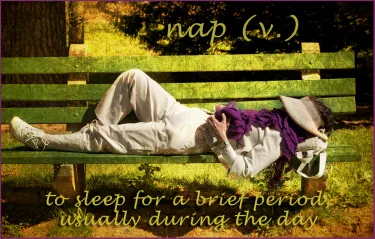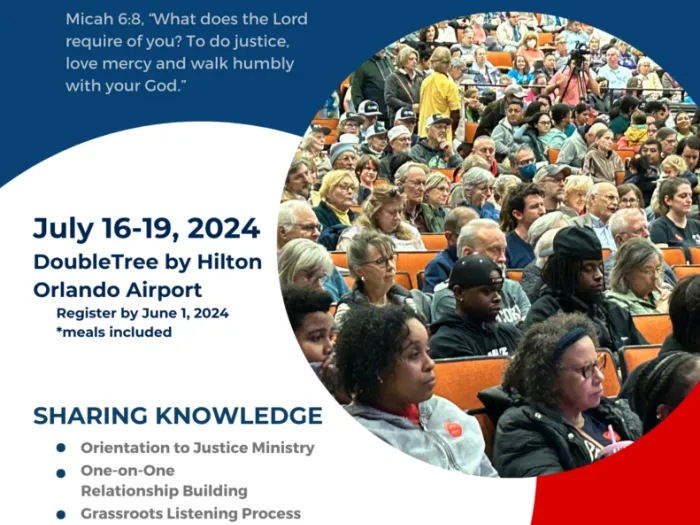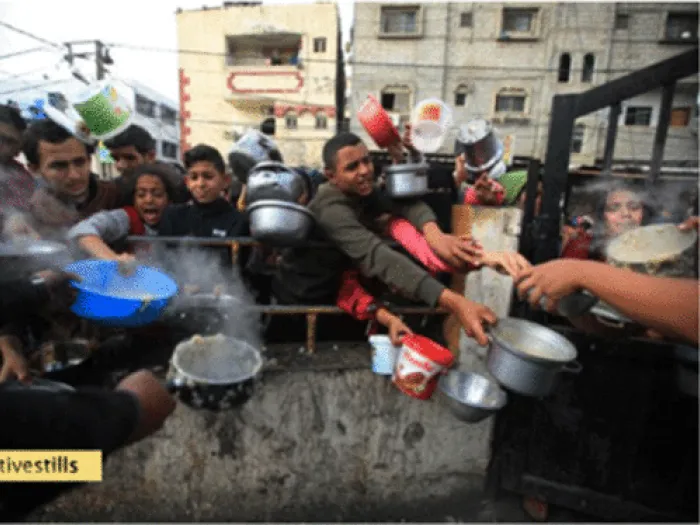by Zeena Regis, Chaplain and Bereavement Coordinator and Member of Oakhurst Presbyterian Church in Decatur, Georgia. Originally appeared in Presbyterians Today.

I received a text from a friend instructing me to “bring a yoga mat, blanket, pillow or whatever you’d like for resting comfortably on the floor.” I was going to be joining her at a nap ministry event.
I have long been intrigued by The Nap Ministry. Created by Tricia Hersey, a theologian, artist and activist, the unique ministry examines the liberating and healing power of rest. Its Instagram (@thenapministry) is a powerful antidote to our societal glorification of workaholism, reminding its more than 70,000 followers, “You are not a machine. Stop grinding.”
Yet, as I packed my tote I thought, “I am way too tired for a nap experience.” I was in the throes of the crushing grind of our culture, overwhelmed by work and household responsibilities, personal projects and church commitments.
I stopped whining long enough to go to the event, and my spirit was nourished in ways that I could not have predicted. And while the actual 35-minute collective napping was restful, it was Hersey’s “nap talk” afterward that deepened my faith. Hersey described intentional rest as a “disrupter of toxic capitalism” and encouraged participants to create their own regular rest practice. I realized then that my nap helped me reconnect with the divine wisdom of Sabbath — that holy time of rest needed in our lives.
My first experience with Sabbath was as a child. I was walking through my neighborhood in Anchorage, Alaska, and saw my pastor lounging in his lawn chair. After our hellos, he explained that he spent his Friday evenings and Saturday mornings observing a personal sabbath. As he regarded the snowcapped mountains surrounding our city, he said to me, “God wants nothing more from me than to chill out and admire God’s creation. It makes me a better person and a better pastor to rest in God’s glory.”
As a preteen, though, I had absorbed the cultural message that weekends were for productivity: homework, church activities, sporting events, chores — everything but rest. I had also been indoctrinated with the idea that being black and female meant I’d always have to work twice as hard to get half as far. Seeing a grown person observing the fourth commandment — keep the Sabbath day holy — seemed curious and even a bit blasphemous. Yet, I have always remembered that pastor in his lawn chair, giving himself permission to sit and behold God.
In the years since, the societal pressure to know more, do more and be more has only increased. Technology has blurred the lines between work and pleasure by keeping us always available and always on. Carving out an intentional space of rest seems self-indulgent. It feels optional and outdated, far from the divine mandate it actually is.
Reconnecting with the practice of Sabbath, though, now seems more urgent than ever. In practicing the Sabbath, we affirm our faith in God. It is an acknowledgment that we’re not in control. In embracing Sabbath, we recognize that constant work and vigilance will not inoculate us against hardship. On the contrary, our lack of rest leads to the immutable stress that makes us even less effective.
Sabbath is not simply a personal spiritual practice. It is a collective invitation to build a more equitable and just world. A communal movement toward Sabbath asks us to examine our appetites for acquiring more.
The biblical practice of Sabbath was not just for the privileged, but belonged to everyone regardless of social class, gender, age, ethnicity and ability. We must resist our impulse to worship at the altar of work and worship the living God who invites us to rest, acknowledging that God is in control. Go forth and take a nap.
For further reading about rest check out our post, Strong and Courageous Enough to Rest, from last month.
The work of the Presbyterian Hunger Program is possible thanks to your gifts to One Great Hour of Sharing.
You may freely reuse and distribute this article in its entirety for non-commercial purposes in any medium. Please include author attribution, photography credits, and a link to the original article. This work is licensed under a Creative Commons Attribution-NonCommercial-NoDeratives 4.0 International License.




